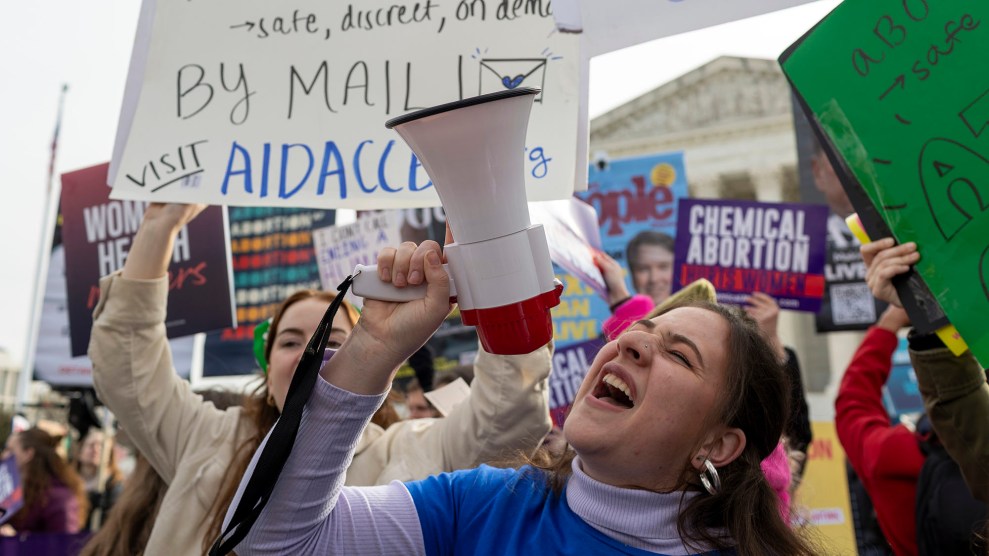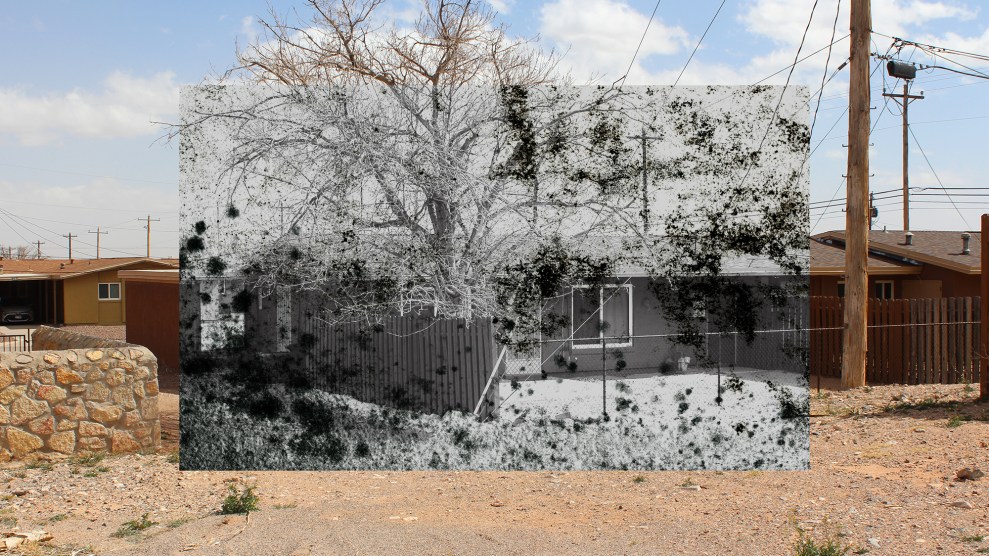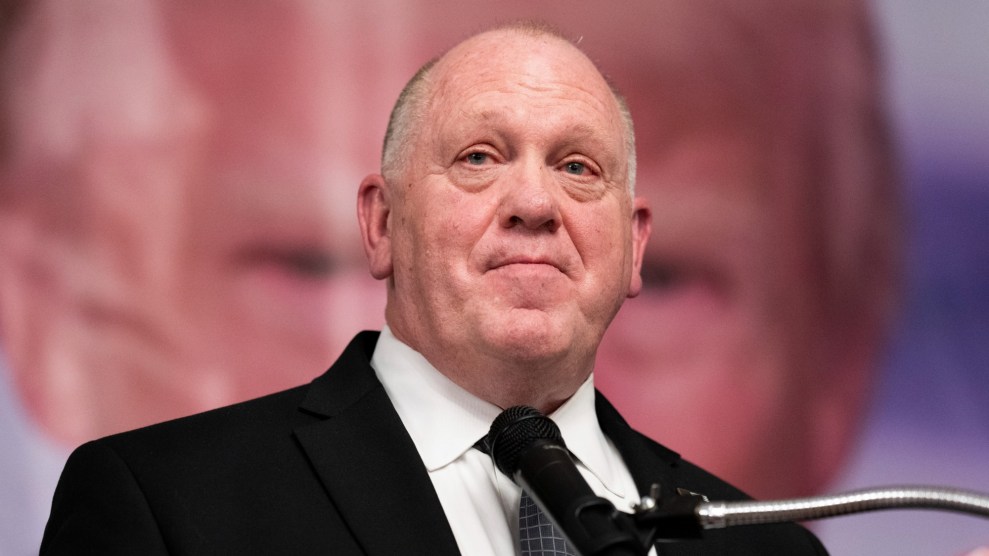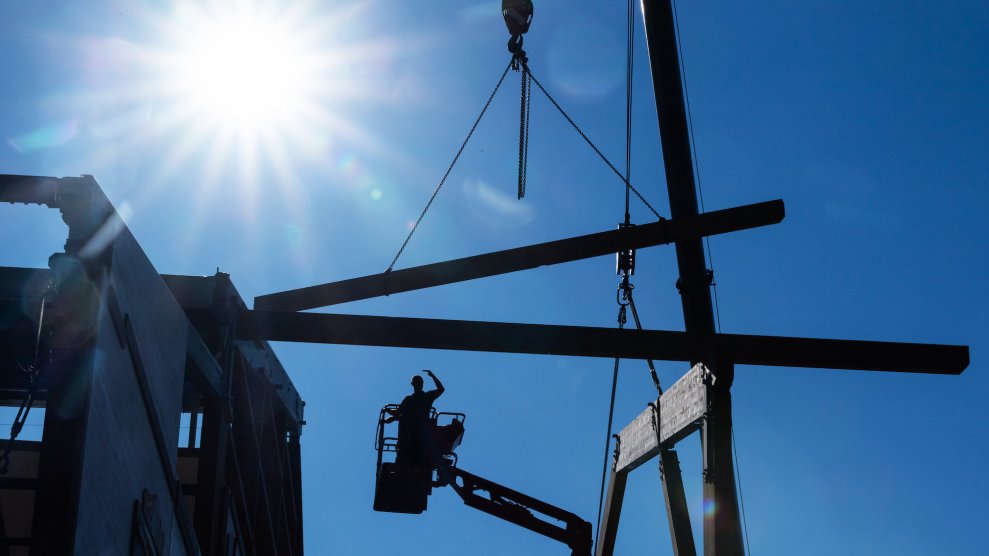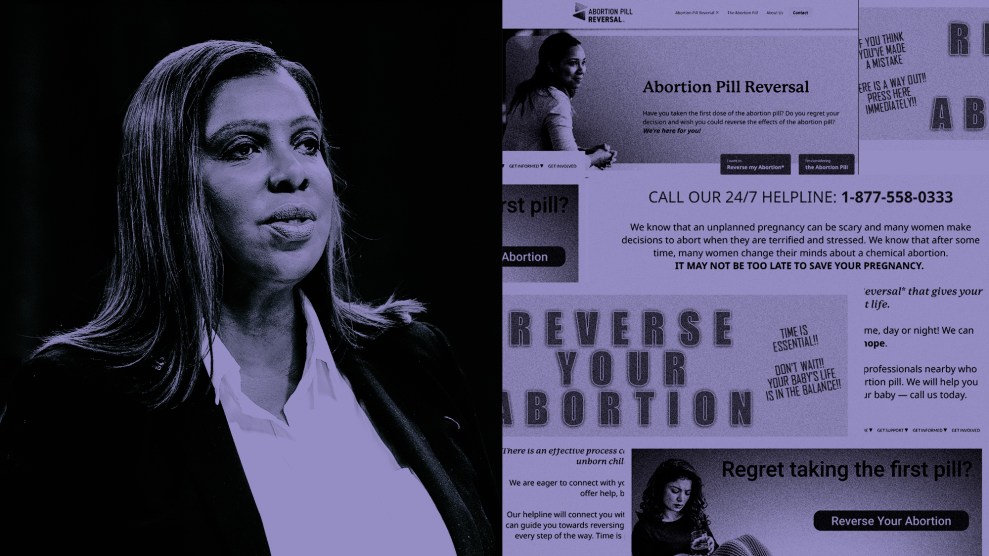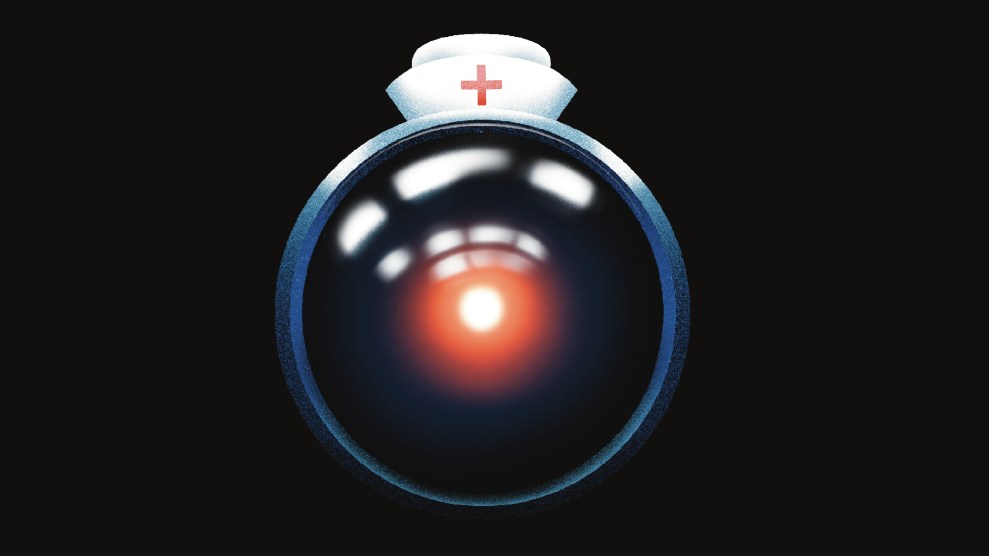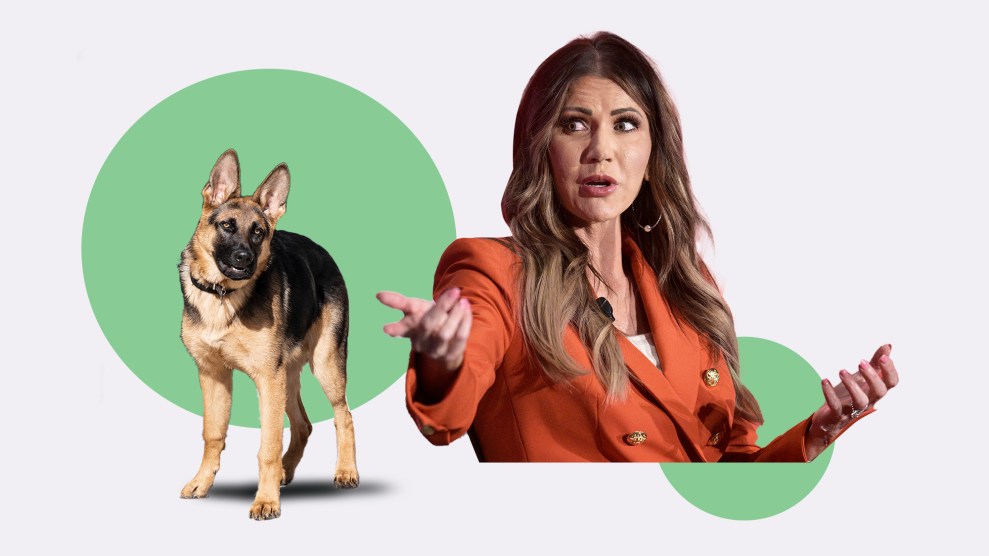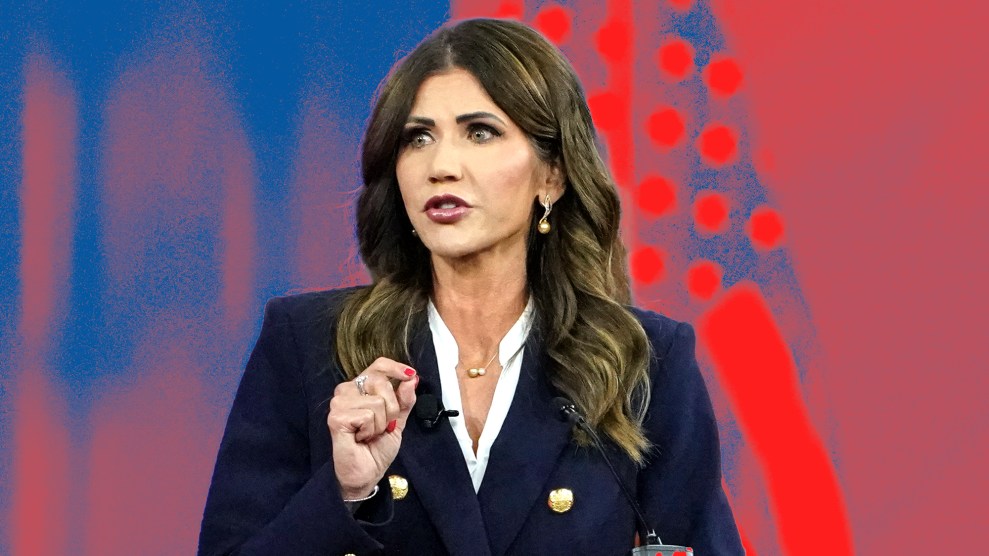In order to keep some 6.5 million TV screens from going dark two weeks from now, both houses of Congress have voted to postpone the deadline for a changeover from analog to to digital television transmissions, from February 17 to June 12. The president had been pushing for the postponement, and after some stalling from peevish Republicans, he got it. It remains to be seen whether the new deadline will provide enough time to resolve what has by now become a completely failed government program–another parting gift from the Bush administration, which managed to raise federal incompetence to new levels, while always seeming to shaft the nation’s most vulnerable people.
According to a January report from the Congressional Research Service, the changeover will be hardest on “low-income, elderly, disabled, non-English speaking, minority, and rural populations.” The DTV switch has become one of those events that throw into especially sharp contrast the dividing lines between the haves and the have-nots. In this case, the line separates people who can afford to shell out for cable or satellite—or a spiffy new digital TV–and people who can’t, instead depending on over-the-air broadcasts to an older, analog television set. Only the latter group will cease to receive transmissions when digital-only service goes into effect, unless they have a properly installed “converter box.” Many of these same people, of course, also lack the resources to purchase and install the needed equipment, which is far from the effortless process featured in public service ads. But there are winners as well as losers in this dramatic relaunch of America’s favorite pasttime.
The analog-to-digital transition will free up a large band of spectrum (what once were commonly called airwaves), some of which will be dedicated to public safety communications. But the majority of this soon-to-be-vacant spectrum has been auctioned off to the highest bidder by the Federal Communications Commission, for use by advanced wireless broadband services. The original plans for the sell-off of spectrum were laid out in the Deficit Reduction Act of 2005. The sale (along with reductions in Medicare, Medicaid, and college loan programs) was supposed to help close the budget gap left largely by the Bush tax cuts and the Iraq War.
The bulk of that spectrum was purchased by Verizon and AT&T, which are now positioned to further expand their market shares. Other providers of wireless services will take advantage of some additional open-access spectrum, thanks to a move engineered by Google. Current broadcasters are benefitting as well, since digital transmissions will enable them to put out more material in the space they have left. And the federal government is making a killing: All in all, the auction brought in more than $19 billion, but Congress allocated less than $2 billion to facilitate the transition. Most of that is going to private contractors: Electronics manufacturers and retailers have already sold millions worth of new equipment, much of it government-subsidized. The huge nonprofit AARP has received some $4 million in FCC contracts to help older consumers get ready for the switch, and IBM has received $12 million to operate “call center support services” once it happens.
As most people now know, the program designed to help the poor and cable-less deal with the transition–coupons that have to be ordered from the government and taken to stores to purchase converter boxes–has been an unmitigated disaster. The public education efforts about the changeover, according to both the Congressional Research Service and the Government Accountability Office were too little and too late. They were also confusing and incomplete, and focused on steering consumers toward information on web sites. It didn’t seem to occur to anyone that the people most likely to need converter boxes were the same people least likely to have computers, or know how to use them. (Even nursing home residents were advised to apply for coupons using “the paper application available downloadable [sic] at www.DTV2009.gov.”)
 People who didn’t need coupons requested them, people who needed them didn’t get them, and people who had them sometimes still couldn’t afford to buy the boxes, which could cost up to $80. And then, with six weeks to go, the coupons ran out altogether, along with their funding–leaving more than a million people on a waiting list.
People who didn’t need coupons requested them, people who needed them didn’t get them, and people who had them sometimes still couldn’t afford to buy the boxes, which could cost up to $80. And then, with six weeks to go, the coupons ran out altogether, along with their funding–leaving more than a million people on a waiting list.
Those who managed to get their hands on a box found that they weren’t easy to hook up. And a lot of people will also need a new new indoor or outdoor antenna, which can cost anywhere from $20 to $150, and presents additional challenges. “Winter in Vermont is not when you want to be installing a rooftop antenna,” Senator Bernie Sanders ( I-VT) told the Associated Press. “Television is a connection to the outside world for many people. But if you’re 80 years old and living on Social Security, you may not be able to buy an antenna or hire someone to install it.” Even in June, it’s likely to prove too much for a lot of oldsters to handle–as portrayed by this very funny, but sadly accurate spoof on a PSA, from The Talkshow with Spike Feresten:
Old folks–who possess 40 percent of the analog TVs receiving over-the-air transmissions–are certainly the most likely to get shafted in this deal. As I’ve discovered, even middle-class geezers with cable aren’t necessarily exempt. To read about my own adventures in digital TV conversion, visit my blog on the politics of aging, at www.unsilentgeneration.com.



